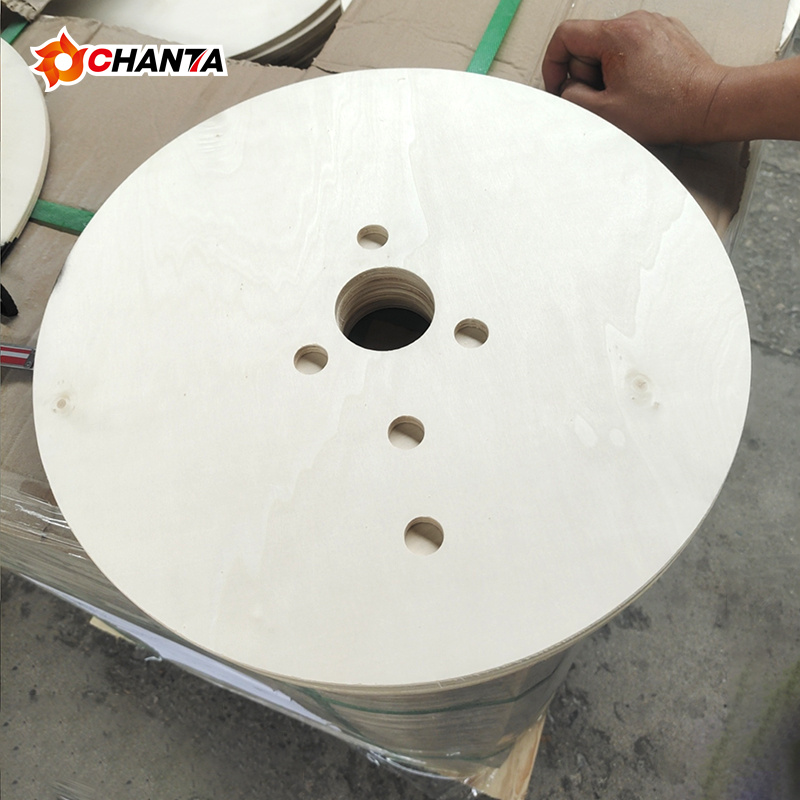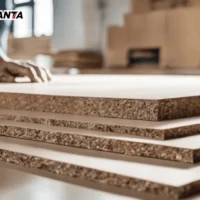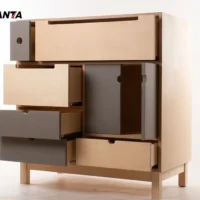Table of contents
1. Birch Wood: Advantages and Disadvantages
Advantages of Birch Wood
Birch plywood is a hardwood known for its smooth texture, durability, and excellent workability. Here are some key benefits:
- Easy to Process: Birch is a highly workable wood, making it ideal for furniture and cabinetry. It cuts cleanly, has a smooth surface, and holds paint and glue well.
- Attractive Appearance: It features a fine, straight grain with a light brown to reddish hue, giving it a sophisticated and elegant look.
- Good Strength and Elasticity: Birch offers moderate strength and flexibility, making it a preferred choice for curved furniture designs and veneers.
- Commonly Used in Plywood: Birch plywood is popular in cabinetry, flooring, and paneling because of its high quality and resistance to warping.
- Versatile Applications: Often used for furniture, flooring, specialty plywood, and interior trims, birch is a valuable material across different industries.
Disadvantages of Birch Wood
Despite its advantages, birch has some drawbacks:
- Prone to Cracking and Warping: Birch absorbs moisture easily, making it susceptible to warping and cracking if not properly treated or dried.
- Not Highly Wear-Resistant: Compared to other hardwoods, birch is less resistant to scratches and dents.
- Prone to Fiber Shear Resistance Issues: The fiber shear resistance is relatively low, which means it can be prone to “stubble break” in furniture applications.
- Limited Durability in Humid or Damp Conditions: Birch is not naturally decay-resistant, so it may not be ideal for outdoor use without protective treatment.

2. Pine Wood: Advantages and Disadvantages
Advantages of Pine Wood
Pine plywood is a softwood known for its natural beauty, affordability, and eco-friendliness. Key benefits include:
- Budget-Friendly: Compared to hardwoods, pine is generally more affordable, making it a cost-effective option for furniture and construction.
- Lightweight and Easy to Work With: Due to its softness, pine is easier to cut, shape, and carve, making it great for DIY projects and custom designs.
- Natural Aesthetic Appeal: Pine has beautiful natural wood grain patterns, providing a rustic and classic look for furniture and décor.
- Eco-Friendly Choice: Pine grows quickly, making it a more sustainable and environmentally friendly option compared to slow-growing hardwoods.
- Mild Natural Scent: Pine wood emits a light and pleasant wood scent, which adds to its aesthetic and sensory appeal in home environments.
Disadvantages of Pine Wood
While pine offers many benefits, it also has some drawbacks:
- Soft and Less Durable: Pine is prone to dents, scratches, and other damage due to its soft nature, making it less durable than hardwoods like birch.
- Not Suitable for Heavy Loads: Because of its lower density, pine is not ideal for load-bearing furniture such as high-weight shelves or structural components.
- Potential Warping Issues: If not properly kiln-dried, pine can shrink or warp over time due to moisture absorption.
- Requires Proper Treatment: To increase durability, pine often needs to be treated with sealants or finishes to prevent moisture damage and insect infestations.

3. Common Uses of Birch and Pine
Uses of Birch Wood
Birch is commonly used in industries requiring strength, aesthetics, and durability. Typical applications include:
- High-quality furniture: Often used in modern and classic furniture due to its smooth finish and ability to hold paint or stain well.
- Plywood and veneers: Birch plywood is used in cabinetry, paneling, flooring, and decorative elements.
- Interior trims and molding: Birch’s fine texture makes it ideal for baseboards, trims, and wall panels.
- Paper pulp production: Birch wood is also used in the paper industry for making high-quality paper products.
- Boat and vehicle interiors: Due to its flexibility and smooth surface, birch is utilized in boat-building and car interiors.
Uses of Pine Wood
Pine is a versatile softwood used across various industries. Common applications include:
- Construction materials: Used for framing, flooring, and paneling in homes and buildings.
- Furniture and home décor: Popular in rustic and farmhouse-style furniture, pine gives a warm and inviting aesthetic.
- Utility poles and farm tools: Due to its lightweight nature, pine is commonly used for utility poles, fence posts, and farming equipment.
- Paper and pulp industry: Pine is one of the main sources of paper pulp, making it essential in the paper production industry.
- Resin extraction: Pine trees are rich in turpentine and rosin, which are used in paint, varnish, adhesives, and medicinal applications.
- Food products: Pine nuts from certain species are harvested for culinary and medicinal purposes.
Conclusion: Which is Better—Birch or Pine?
The choice between birch and pine depends on your needs, budget, and intended use:
- Choose Birch if you need:
- Strong, durable wood with a smooth surface
- A high-quality furniture material
- A wood that holds paint and glue well
- A fine, elegant appearance for cabinets and flooring
- Choose Pine if you need:
- A more affordable and sustainable option
- A lightweight wood that’s easy to work with
- A rustic, natural look for furniture
- A material for construction or general-purpose applications
Both woods have their strengths and weaknesses, so understanding their properties helps in selecting the right material for your project.
Looking for quality wood for your next project? Whether you prefer birch’s durability or pine’s affordability, ensure you source from reputable suppliers for the best results.
Articles you may be interested in.

















7 Comments